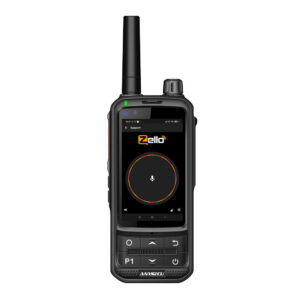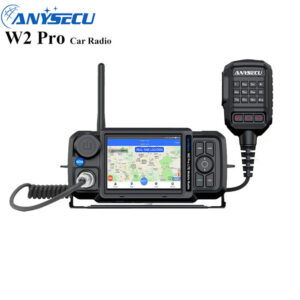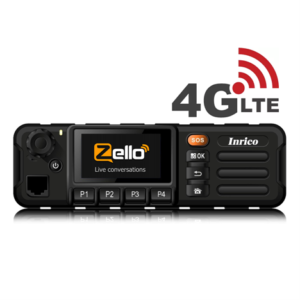Which Network Radio Is Best For You?
What is a Network Radio?
Network Radios are a relatively new type of 2-way PTT (Push To Talk) Radio Communications Equipment that make use of existing electronic components, RF modules, touch screens and sub assemblies mass manufactured for the mobile telephone industry. These parts are used to create many styles of handheld, portable and ‘in car’ devices that feature built in PTT buttons and/or external plug in microphones with a PTT switch.
Most currently available Network Radios use the Android Operating System allowing easy installation and use of many Android Applications including 2-way simplex communications APPs such as Zello PTT that provides users with easy to operate Global simplex communications. Most network radios can also be used with Bluetooth headsets, speaker mics, earpieces, media buttons, keyboards, mice and other peripherals.
There are growing numbers of unlicensed radio enthusiasts, licensed amateur radio operators and business users making good use of network radio equipment to communicate around the world.
Although You will hear some people stating that network radios are ‘not real radio’ or ‘not using RF’ they are indeed mistaken.
It is correct to state that Network Radios are ‘not HAM radios’ as they do not operate on frequencies allocated for licensed amateur operation and fall outside the scope of Amateur Radio licensing but they are real radio communications devices that do use RF.
Network radios are effectively classed as ‘license exempt radio communications equipment’ The end user does not require a license to operate these devices on mobile networks or WiFi connections as the bands of radio spectrum used for mobile network communications are licensed by the network infrastructure owners/network operators and WiFi connections use licence exempt ‘ISM band’ frequencies
Note: There are also a few hybrid Network Radio devices that also include a VHF and/or UHF radio module.
These devices require a current amateur radio license to transmit on VHF (2m) and UHF (70cm) amateur radio frequencies, Unlicensed users can use these devices as Network Radios using PTT applications but must not transmit on VHF or UHF.
How do Network Radios work?
Network Radio devices operate by transmitting and receiving very low power radio frequency energy propagated through free space to connect to RF equipment located at mobile phone cell tower sites using GSM/2G/3G/4G/LTE/WCDMA radio communications modes/protocols.
Network radios (and mobile phones) establish data connections with ‘cell-phone sites’ The global network of ‘cell-towers’ operate as RF gateways operating on allocated mobile device communications bands including 800MHz, 900MHz, 1.8GHz, 2.1GHz and 2.6GHz (New 5G devices also operate on other UHF and microwave bands)
The specific bands, uplink/downlink frequencies, modes and data transfer protocols used at any given time depends on the specifications of the device in use, mobile data provider/SIM type and cell tower network coverage at the current location.
The end user/operator does not need to worry about selecting or changing between the various bands, modes etc as the network radio deals with all the band, frequency, receiver gain, RF output power and mode switching automatically as local conditions and signal strengths change.
Some Ideas Of Radios for you #1 Anysecu A97OS – Anysecu W2 Pro – Inrico TM7 – KSUN 710 We use the 710 & W2 PRO at home!




- Website Visit Website

We write rarely, but only the best content.
Please check your email for a confirmation email.
Only once you've confirmed your email will you be subscribed to our newsletter.
